Canned vegetables are supposed to be the shortcut to healthy eating—pop open a lid, heat, and enjoy, right? Not so fast. While these pantry staples may seem like the ultimate time-saver, nutrition experts warn that not all canned veggies are created equal. In fact, some varieties are so over-processed, over-salted, or nutritionally stripped that they might be doing your body more harm than good.
Sure, convenience matters—but at what cost? Many canned vegetables are loaded with preservatives, excess sodium, questionable additives, and synthetic liners that raise eyebrows among dietitians. Even worse, the canning process itself often destroys key nutrients, leaving behind vegetables that are a far cry from their fresh or even frozen counterparts.
Ever wondered why creamed corn tastes oddly sweet and chalky? Or why canned peas feel more like green mush than a vegetable? You’re not alone. From slimy spinach to metallic-tasting asparagus, the worst offenders on this list don’t just suffer in flavor—they also fall flat in texture, color, and health benefits.
Experts agree: if you’re trying to eat clean, canned vegetables can be a trap disguised as a shortcut. But don’t worry—we’re not saying you have to give up convenience altogether. There are better alternatives, like frozen veggies or BPA-free canned options with no added salt or sugar, that deliver the ease you want without sacrificing your health.
Before you reach for that dusty can in the back of the cupboard, check out this list. These are the 7 canned vegetables nutritionists say you should skip entirely—and what to buy instead if you want your plate to actually work for you, not against you.
1. Creamed Corn
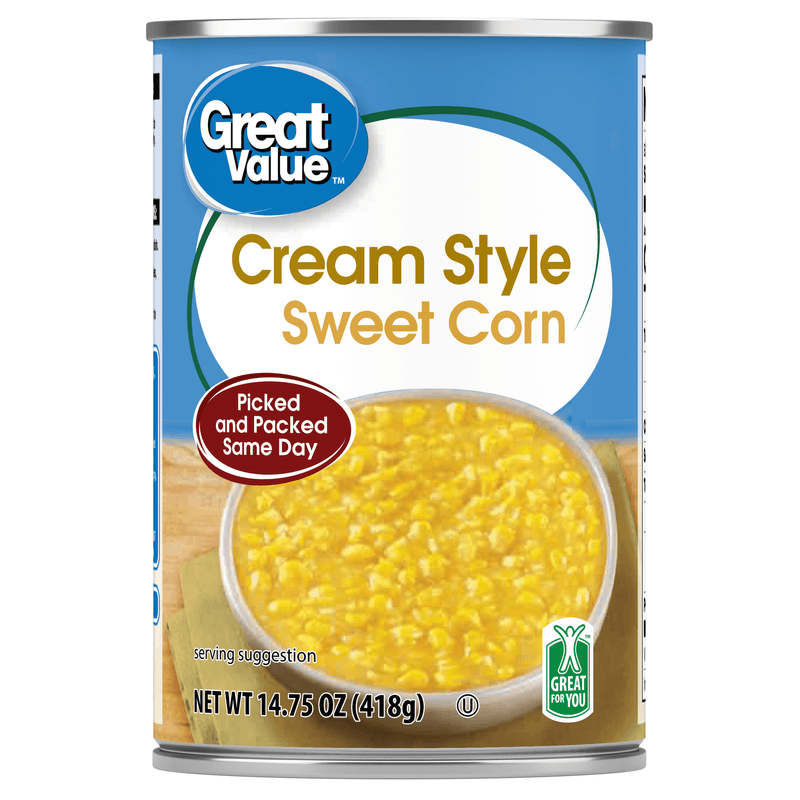
Unlike regular canned corn, creamed varieties pack a nutritional punch you don’t want. Most brands contain added sugars, modified food starch, and salt levels that might make your blood pressure rise just reading the label.
Nutritionists point out that a single serving can contain up to 30% of your daily sodium intake. The creamy texture comes from corn starch and other thickeners rather than actual cream, creating a processed food far removed from fresh corn.
Instead, choose plain canned corn and add your own seasonings at home, or better yet, opt for frozen corn which retains more nutrients without the additives.
2. Canned Potatoes
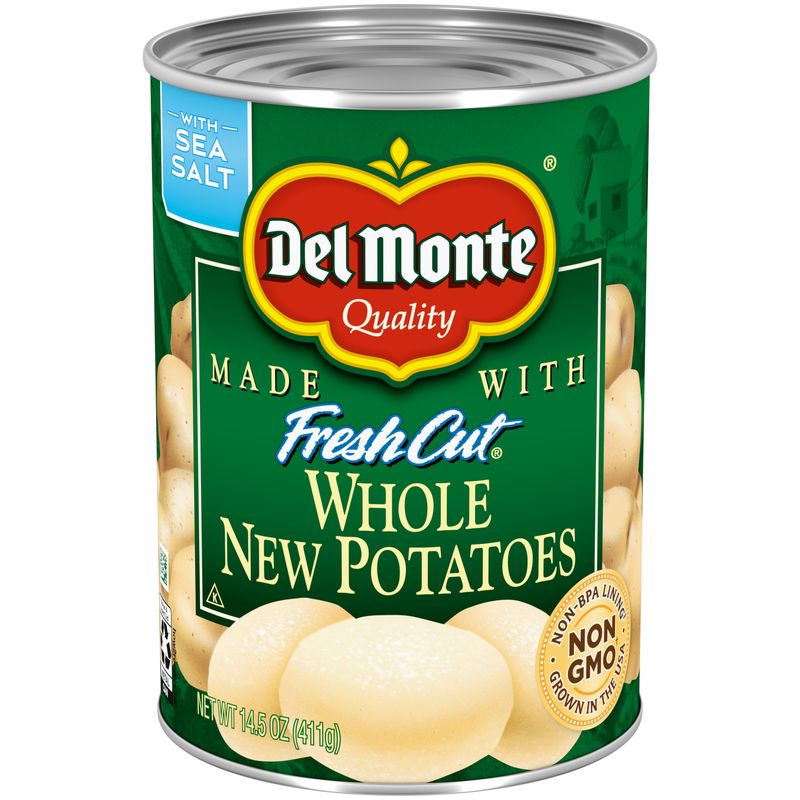
Fresh potatoes transform into sad, waterlogged shadows of themselves when canned. The canning process destroys the appealing texture that makes potatoes enjoyable, leaving behind mushy, flavorless lumps.
Many brands add sodium metabisulfite as a preservative, which some people are sensitive to. The nutritional profile suffers too – canning leaches away much of the potassium and vitamin C that make fresh potatoes nutritionally valuable.
Fresh potatoes store well naturally, making canned versions unnecessary. If you need convenience, parboiled potatoes in your refrigerator will last nearly a week and taste infinitely better.
3. Canned Asparagus
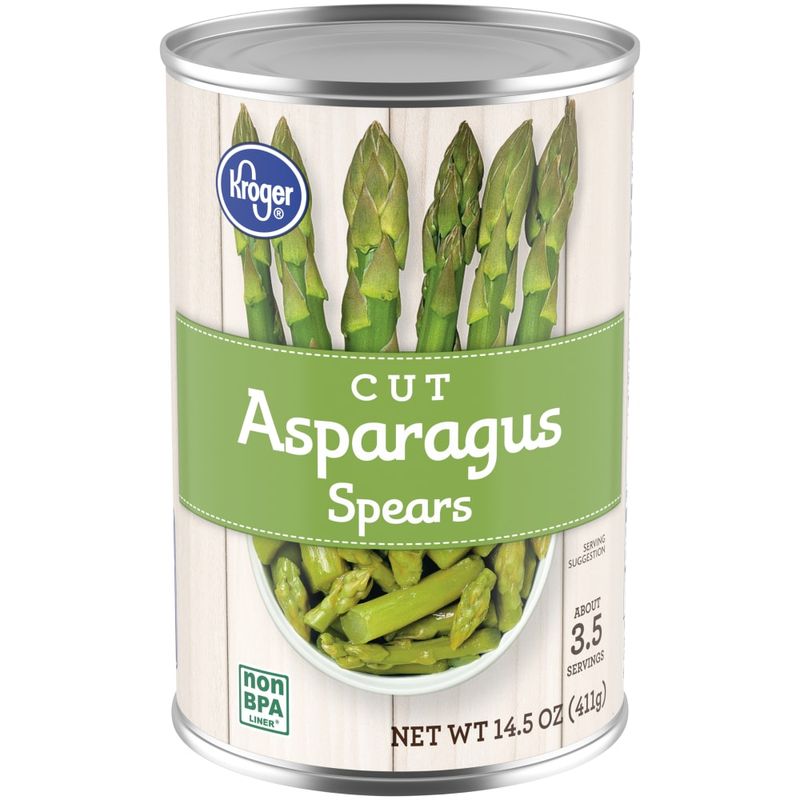
Once you’ve opened a can of asparagus, you’ll understand why chefs universally avoid it. The delicate stalks become limp, stringy, and develop an unpleasant metallic taste that bears little resemblance to the bright, grassy flavor of fresh asparagus.
The canning process obliterates nearly 90% of the vegetable’s natural folate content – one of the primary nutritional benefits of eating asparagus in the first place. The texture degradation is particularly noticeable, turning crisp spears into mushy strands.
Frozen asparagus maintains significantly more nutrition and texture, making it a far superior choice when fresh isn’t available.
4. Canned Mixed Vegetables
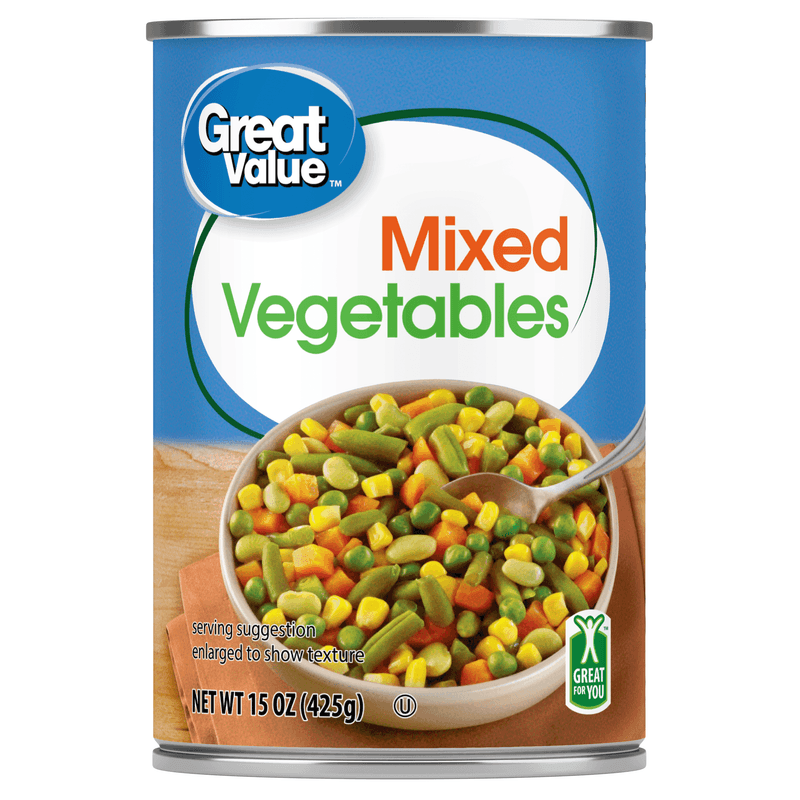
Those convenient cans of mixed vegetables might seem like an easy way to add nutrition to meals, but they’re often swimming in brine that contains alarming amounts of sodium. A single serving can contain up to 600mg of sodium – nearly a third of your daily recommended intake.
The vegetables inside typically include the cheapest varieties with the longest shelf stability rather than the most nutritious options. The extended cooking process during canning destroys delicate nutrients and natural flavors, leaving behind soft, bland vegetables.
The mystery of what’s actually in the mix makes it hard to know what you’re really eating. Frozen mixed vegetables offer similar convenience with superior nutrition.
5. Canned Peas
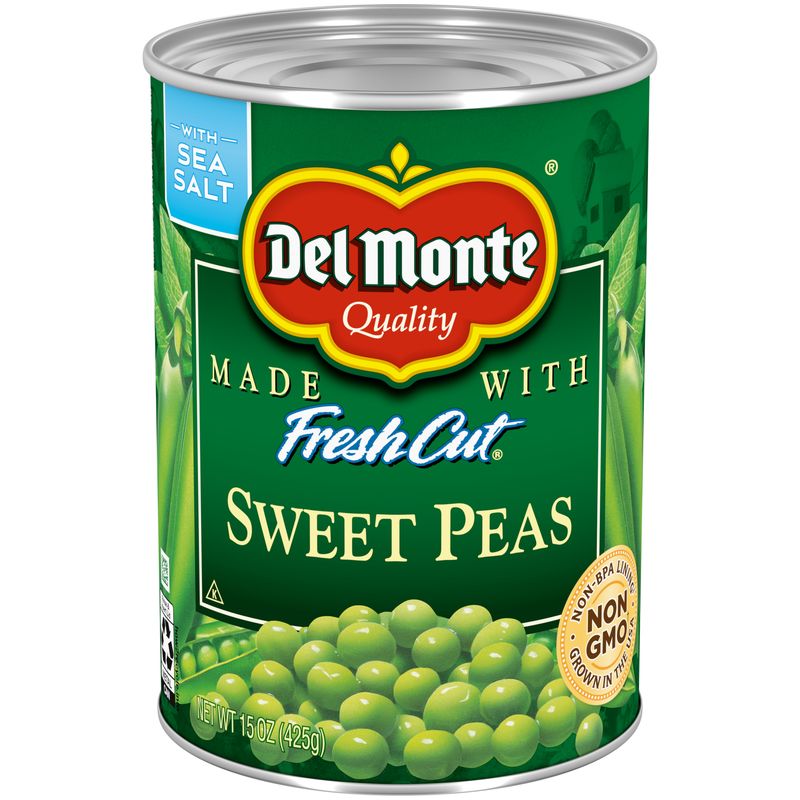
Fresh peas burst with sweet flavor and a satisfying pop when bitten. Canned peas, by stark contrast, dissolve into mushy, grayish-green spheres with a distinctive tinny aftertaste that many find off-putting.
The vibrant green color of fresh peas comes from chlorophyll, which breaks down during the high-heat canning process. Along with this degradation goes much of the vitamin content – particularly vitamin C and B vitamins that make fresh peas nutritionally valuable.
Frozen peas are flash-frozen at peak ripeness, preserving both their nutrition and texture, making them vastly superior to their canned counterparts for nearly any recipe.
6. Canned Spinach
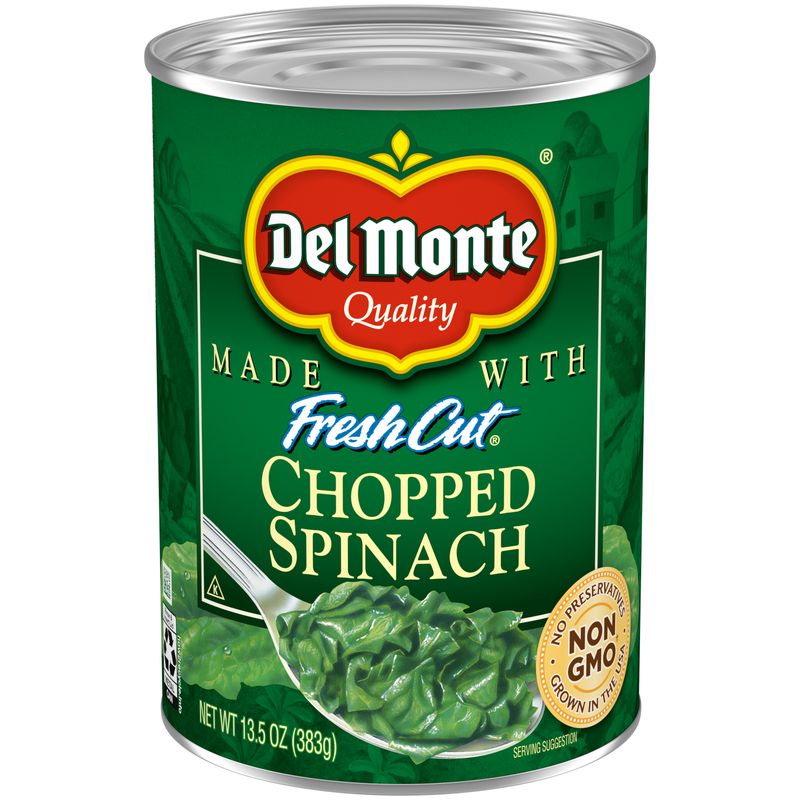
Popeye may have loved his canned spinach, but nutritionists definitely don’t. Fresh spinach wilts down significantly when cooked, but canned spinach takes this to an extreme – turning into a slimy, unappetizing mass that bears little resemblance to the original leafy green.
The canning process destroys much of spinach’s folate and vitamin C content. What’s worse, the heat-sensitive antioxidants that make spinach a superfood don’t survive the canning process well at all.
The high sodium content in most canned spinach varieties further diminishes its health benefits. Frozen spinach maintains significantly more nutrients and a far superior texture.
7. Canned Green Beans with BPA-Lined Cans
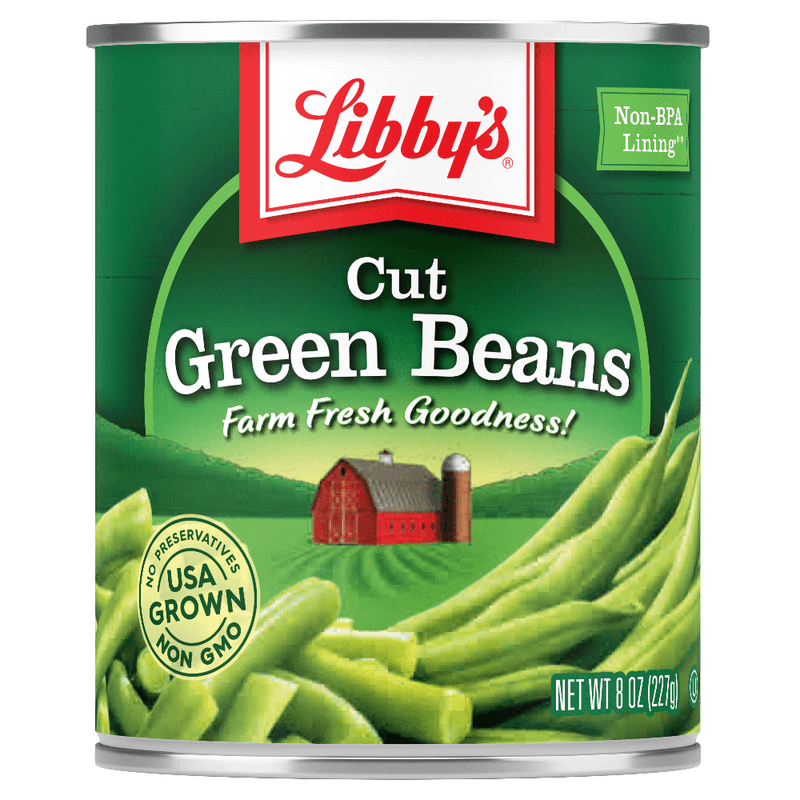
While green beans themselves aren’t the problem, many canned varieties come in containers lined with bisphenol A (BPA), a chemical that can leach into food. Research has linked BPA exposure to hormone disruption, fertility problems, and other health concerns.
The acidic nature of some green bean preparations can accelerate BPA leaching from the can lining into the vegetables. Many manufacturers have begun transitioning to BPA-free cans, but it’s not universal across all brands.
When buying canned green beans, look specifically for BPA-free labeled products or choose frozen green beans instead. Fresh or frozen options also retain more of the satisfying crisp texture that makes green beans enjoyable.
Leave a comment